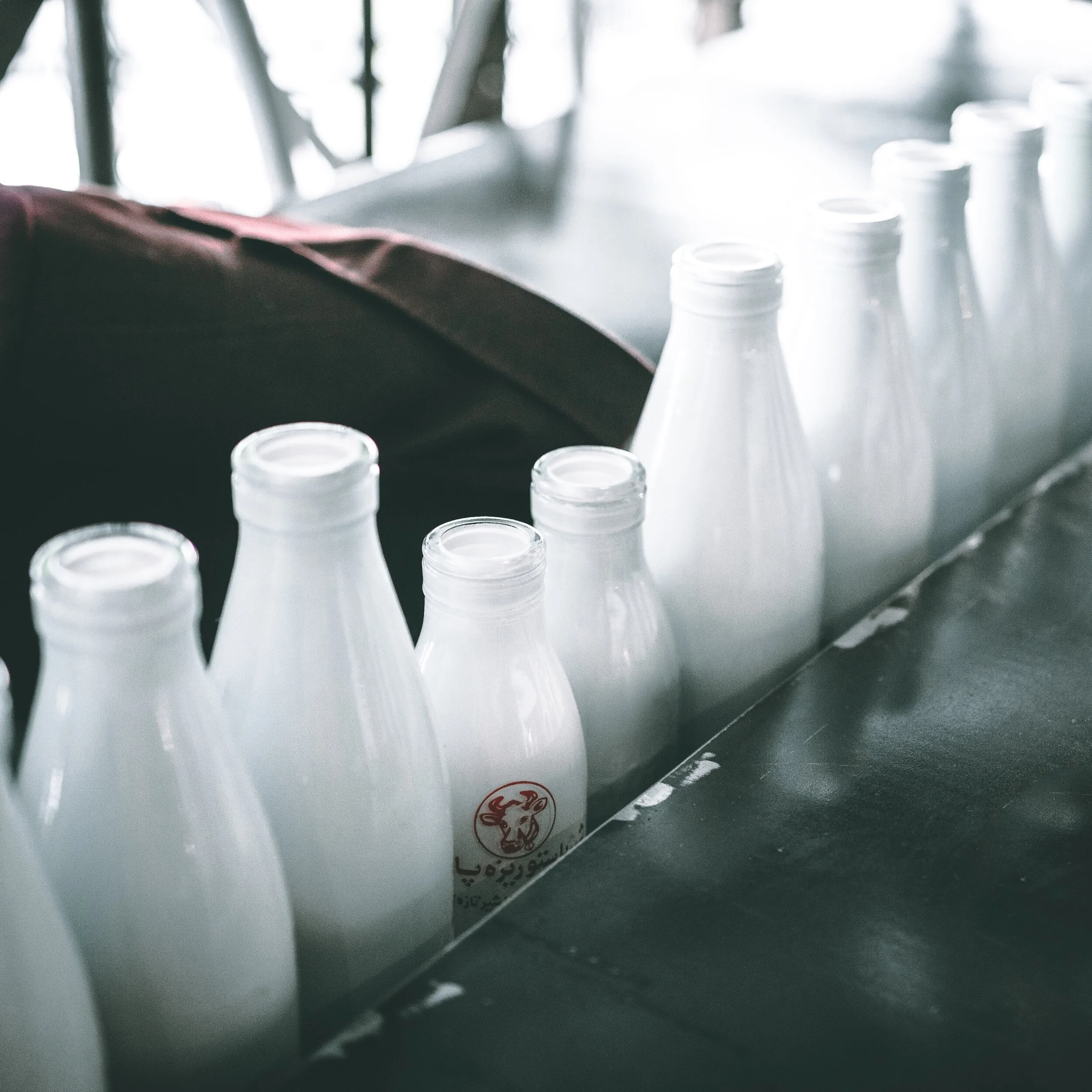The use of dairy equipment has become extremely common in all scales of the dairy business due to the convenience it offers. Automation and precision are the two biggest benefits it offers to the owners of the farm since the process of extracting milk, processing it to remove impurities, and creating a range of final products can take a long time if done manually. Dairies have embraced the use of machinery to pasteurize milk, separate the raw material into different consistencies depending upon the fat percentage and also churn out other byproducts to create curd, and cottage milk. The best reason is that it lowers the cost of production, labor, and the time taken.
Even industries as old as cheesemaking have turned towards the use of machinery because it helps them get more products on the shelves without compromising their age-old traditional recipe. It is notable how machines have also aided these traditional approaches rather than eliminating them, thereby preserving culture, while making no compromises on the modern standards of quality, homogeneity, and consistency.
If we look at massive events in the globe’s dairy industry, semi-automation has helped dairy owners and workers reduce their burden while still creating several opportunities for human contribution. If you haven’t bought the basic equipment for your dairy farm, you should seriously consider updating yourself, because it will provide more opportunities for expanding your services while enhancing the overall quality of work done. In fact, buying machinery can be a capital-intensive decision, which requires a lot of deliberation on how to prioritize your purchases. Struggling to understand which ones you need the most? We have a list of the essential dairy supplies for you!
How To Pick The Best Dairy Machinery?
Choosing the correct dairy supplies and equipment for your business can take a bit of research, considering the amount you’re about to shell out will be a pretty penny. You also have to take into consideration the present demand of your milk products as well as the future scope of expansion so that you can meet both these goals. Start by browsing about factors such as space consumed, automation, manual or semi-automation, features offered, and output time with the production capacity. It would help if your machinery has spare parts available for quick replacement and simple upkeep.
Separators
Separators are used to segregate milk from cream and is a machine made of plastic and metal. The separator needs to be of high quality and a resilient build as it carries one of the most basic functions of a dairy farm, without which the next processes wouldn’t be done perfectly. The separator can come in various storage capacities and levels of automation, so you can choose the one which offers you the best benefits along with protecting the quality of your milk and separating cream from the raw material to be processed into other products. Manual separation takes a lot more time and manpower than dairy equipment, so this is a boon to dairy farmers as they can increase their production capacity and save time by using this machine.
Homogenizer
Homogenizing is more complex than we think because it is a constant process and, if done manually, will take up a lot of effort from the laborers. The basic task of homogenizers is to keep mixing the immiscible liquids with the miscible ones so that the entire product has a uniform consistency. Else, you would see that the water added into milk (because the raw material is thicker than the milk in most refrigerators) separated from the fatty milk and other additives. Cooling and storage are also two more aspects of homogenizing, so getting homogenizer machinery that takes care of your production volume and its storage till it is sent to the stores is a necessary consideration.
Pasteurizer
Pasteurization is the process that is the reason why milk is safe for general consumers to drink milk straight out of the bottles and cartons without worrying about deadly bacteria. This method sterilizes the milk by heating it for 16 seconds at a 72 degrees temperature, eliminating harmful bacteria and pathogens that may have snuck into the raw milk. Apart from visible impurities, microscopic agents such as bacteria in the milk can make a person very sick. This processing unit automatically and efficiently makes sure that all the batches of milk passing through is rid of harmful microbes without harming the healthy bacteria (lactobacillus).
Storage Tanks
Milk storage tanks need to be built to manage exposure to both heat and cold temperatures constantly. The milk stored in such tanks is heated and cooled down constantly to keep it from going bad. If such tanks are made out of regular materials, they may fall apart quickly because of the constant hot and cold effect that can accelerate its degeneration. Make sure you don’t pinch your budget while investing in storage tanks because they store your product till they can be packaged and loaded safely to the logistics team. Running the risk of investing in cheap machinery can be a costly mistake since it can cause heavy losses in the long term.
Conclusion:
Choosing the machinery and equipment which is best for your dairy unit can be quite a challenge, considering the amount of money it requires to be invested. Researching your vendor options, capacity, maintenance services, utility, and scope for expansion are a few aspects you can use to begin your decision-making. At the end of the day, the task of such equipment is to make your entire process more streamlined, save time, lower production costs and labor intensiveness. With the right equipment at your disposal, dairy farms can flourish into bigger ventures over time, thereby giving owners the opportunity to reap long-term benefits in the wave of automation that will only continue to get more advanced. Bridge the gap between you and technology today and bring in the best dairy equipment to help your business be more efficient.


